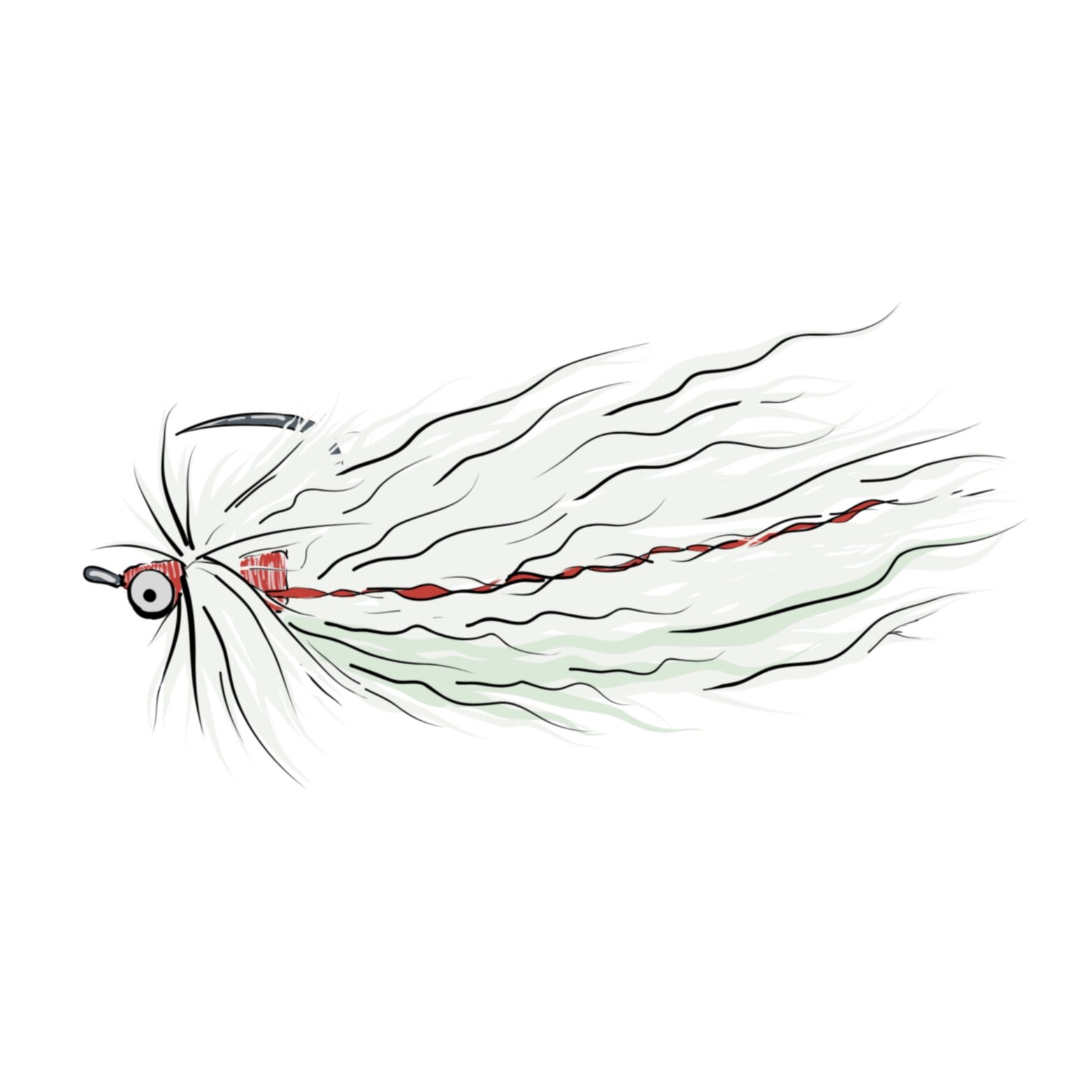Striped Bass have been an icon of the east coast for millennia —
and they’re in decline.
Even with anglers interacting with fewer fish each year, the proportion of fish that do not survive after release remains constant and significant:
it’s almost certain that recreational release mortality is higher than recreational harvest
This graphic illustrates the decline in catch rates comparing data from 2017 to 2019, and confirms that handling practices still result in considerable post-release mortality.
Read more about striped bass here
The future of the fishery is in our hands
working with our science-based best practices in fish handling, we can practice individual conservation with each striper we encounter on the water.
Atlantic States Marine Fisheries Commission uses 9% as an estimate of the number of striped bass caught and released along the eastern seaboard that die.
Science-based best practices:
These best practices are derived from the existing science on catch and release and striped bass.
behind the recommendations:
A striped bass is captured and outfitted with an accelerometer: a device used to track the movements of the fish in a simulated post-release scenario.
Scientific studies specifically focused on how fish respond to capture, handling, and release can be used to help reduce the negative impacts of catch-and-release, and act as the basis of ‘best practices’ shared here.
Dr. Andy Danylchuk, Professor of Fish Conservation at UMass Amherst, and Science Advisor for Keep Fish Wet, is seen here lining a striped bass with an accelerometer attached, tracking movements ,and collecting data for later analysis.
angling community in action:
Following science-based best practices improves the chances of each striper being able to swim away strong and healthy, ready to be caught again another day.
Each time you release a striper is an opportunity to put conservation into action. Help support striped bass and advocate for healthy fisheries management from cast to catch:
Share your own interactions guided by these best practices using #StripersInOurHands on social media. Follow along with the striper season and stay tuned for more stories, contests, and calls to action.
Spread the word:
We’re counting on community to put these practices into action: by recognizing the impact of our actions individually, we can collectively reduce catch-and-release mortality significantly. Get the word out to anglers near you with our free use infographic, ready for display anywhere anglers may stop on their way to the water.
More info about striped bass can be found here.
Illustration by Bri Dostie and science-based best practices by Keep Fish Wet
























